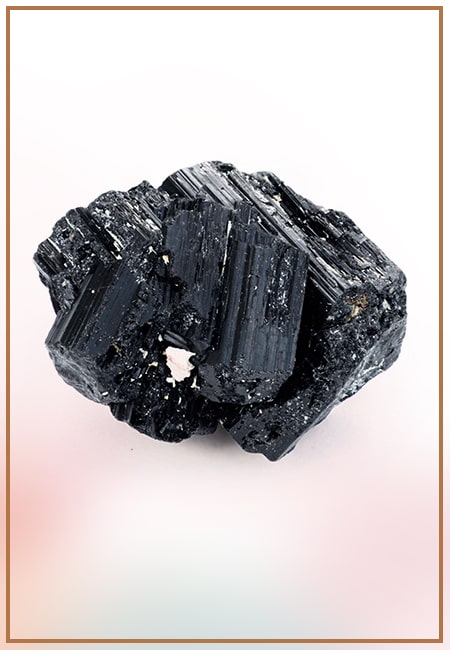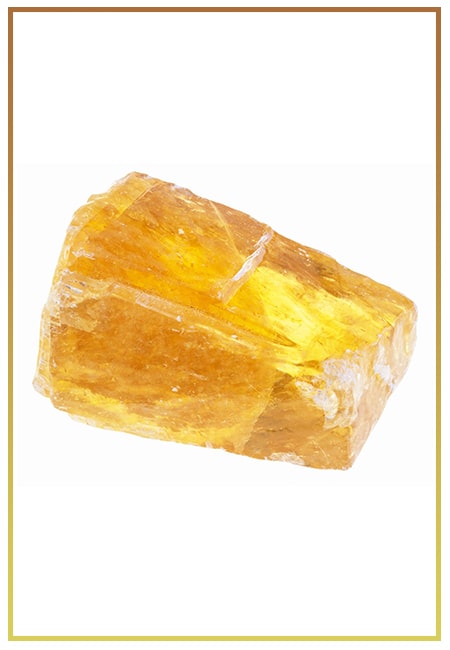- Written By Team DWS
- Festivals
- April 01, 2025
The Importance of Earth Day: Why Every Action Counts
As the world becomes increasingly aware of the pressing environmental challenges we face—from climate change to plastic pollution—Earth Day, observed annually on April 22, has evolved into a powerful reminder of our responsibility to protect our planet. Established in 1970, it has grown into a global movement, inspiring millions to engage in conservation efforts. But as we celebrate this day each year, it’s essential to understand not just its significance, but the vital role that every individual action plays in safeguarding our environment.
-dws638790740523202422.jpg)
The Historical Context of Earth Day
To appreciate Earth Day's significance, it’s essential to understand its roots. The inaugural Earth Day was prompted by a devastating oil spill in Santa Barbara, California, which galvanized public environmental awareness and activism. This event culminated in 20 million Americans—equivalent to 10% of the population at the time—rallying for environmental reform. The movement contributed to the establishment of the Environmental Protection Agency (EPA) and led to the passage of pivotal legislation, including the Clean Air Act and the Clean Water Act.
In a world that is increasingly connected, Earth Day transcends borders, fostering a global conversation about sustainability and environmental justice. The theme of Earth Day evolves each year, revolving around a particular focus—whether it be climate action, environmental education, or biodiversity conservation—encouraging collective mobilization around a common goal.
The Ripple Effect of Individual Action
The importance of Earth Day solidifies the belief that every action counts. While it’s easy to feel overwhelmed by the scale of environmental issues, history has shown that grassroots movements can create monumental change. The actions of individuals, communities, and organizations around the globe can form a ripple effect, driving larger systemic changes.
For instance, consider the impact of reducing single-use plastics. A simple shift in personal behavior—using reusable bags, bottles, and containers—can significantly reduce plastic waste. When individuals make these choices as part of their daily lives, the collective impact can lead to a substantial decrease in pollution levels, ultimately benefiting ecosystems, wildlife, and human health.
Moreover, the actions we take to reduce our carbon footprint, such as biking instead of driving, conserving energy at home, or supporting local and sustainable businesses, contribute to a larger cultural shift toward sustainability. Each small effort adds up, proving that individual choices can collectively shape a more environmentally responsible society.
Empowering Community Engagement
Earth Day is not just about individual actions; it’s about empowering communities to come together for a common cause. Local events, whether they be tree planting, clean-up drives, or educational workshops, foster a sense of community and collective responsibility. Participating in these activities can reinforce the idea that, although environmental issues may feel insurmountable, we can make a tangible difference when we unite our efforts.
Educational initiatives surrounding Earth Day can also play a crucial role in cultivating awareness and understanding among future generations. Schools, nonprofits, and community organizations often use Earth Day as an opportunity to teach children about environmental stewardship, inspiring them to become proactive citizens. By instilling values of sustainability and responsibility in young minds, we are investing in a more conscious future.
Advocacy and Policy Change
In addition to individual and community actions, Earth Day serves as a crucial platform for advocating for policy changes at all levels of government. Many organizations use this day to mobilize support for legislation aimed at environmental protection and sustainability. Whether it’s advocating for renewable energy, improved waste management practices, or stricter pollution regulations, Earth Day galvanizes people to voice their opinions and push for policy reform.
When citizens actively engage in advocacy—whether through signing petitions, attending rallies, or lobbying representatives—they amplify their voices and contribute to a democratic process that can instigate significant change.
The Shift Towards a Sustainable Future
As we reflect on the importance of Earth Day, it’s crucial to recognize that the environmental challenges we face do not disappear after April 22nd. The commitment to sustainable living and environmental advocacy must extend beyond this one day. The spirit of Earth Day—where every action counts—urges us to integrate environmentally friendly practices into our daily routines and advocate for systemic changes throughout the year.
Conclusion
Earth Day serves as a symbol of hope and a call to action. It reminds us that while the challenges we face can seem overwhelming, every action contributes to the healing of our planet. Whether it’s making small changes in our own lives, engaging our communities, advocating for legislative changes, or educating future generations, we all have a role to play in creating a sustainable and resilient world. This Earth Day, let us commit not only to celebrating our beautiful planet but also to actively protecting it—for ourselves, future generations, and for the Earth itself. After all, every action counts.
-dws638790740874183373.jpg)
Earth Day FAQs: Your Questions Answered!
Sure! Below is a list of frequently asked questions (FAQs) about Earth Day:
1. What is Earth Day?
Earth Day, observed every year on April 22nd, aims to raise awareness about environmental issues and inspire efforts to safeguard our planet. The first Earth Day was celebrated in 1970 and has since grown into a global movement involving millions of people across the world.
2. Why is Earth Day important?
Earth Day is important because it raises public awareness about environmental issues and encourages individuals, communities, and organizations to take action. It serves as a reminder of the need for conservation, sustainability, and environmental stewardship.
3. How did Earth Day begin?
Earth Day was first celebrated in 1970, inspired by the environmental movement of the 1960s and the growing concern over pollution and environmental degradation. U.S. Senator Gaylord Nelson is credited with organizing the first Earth Day, which mobilized millions of Americans to advocate for a cleaner environment.
4. What are some common activities on Earth Day?
Common activities on Earth Day include community clean-up events, tree planting, educational workshops, sustainable living fairs, nature walks, and various advocacy efforts related to environmental protection.
5. How can I participate in Earth Day?
You can participate in Earth Day by joining or organizing local events, volunteering for environmental organizations, planting trees, reducing your waste, using public transport, or simply educating yourself and others about environmental issues.
6. What is the theme for Earth Day this year?
Each year, Earth Day has a specific theme that focuses on a particular environmental issue. The theme can vary from year to year and is announced by the Earth Day Network. Check their official website for the current year's theme.
7. Who organizes Earth Day events?
Earth Day events are organized by a variety of groups, including schools, community organizations, environmental advocacy groups, government agencies, and individuals. The Earth Day Network serves as a major coordinating body for global events.
8. How can businesses get involved in Earth Day?
Businesses can participate in Earth Day by implementing sustainable practices, sponsoring or hosting local events, encouraging employees to volunteer, and promoting eco-friendly products and initiatives.
9. Is Earth Day a public holiday?
No, Earth Day is not a public holiday, but it is widely recognized and celebrated worldwide. Schools and organizations often take the day to hold events and activities focused on environmental education.
10. How has Earth Day changed over the years?
Earth Day has expanded significantly since its inception, evolving from a U.S.-focused event to a worldwide movement involving millions of participants. The introduction of digital media and social networking has also allowed for greater awareness and participation in global campaigns.
11. What kind of environmental issues does Earth Day focus on?
Earth Day highlights a range of environmental issues, including climate change, pollution, deforestation, biodiversity loss, and sustainable living practices. Each year focuses on specific challenges, promoting action and solutions.
12. How can I educate others about Earth Day?
You can educate others about Earth Day by sharing information on social media, hosting informational sessions, participating in school activities, or distributing educational materials focused on environmental protection and sustainability.
Feel free to modify any of these FAQs to better suit your needs!
Popular on Blogs

Black Tourmaline: Meaning, Healing Properties, Fascinating Facts, Powerful Attributes, Versatile Uses, and Beyond
September 05, 2023 / BY Team DWS
Black Tourmaline, also known as Schorl, is a highly revered crystal with incredible metaphysical properties. It derives its name from the Dutch word "turamali," meaning "stone with ..

Carnelian Stone: Meaning, Healing Properties, Power, Facts, Color, Uses and More
December 26, 2023 / BY Team DWS
Carnelian is a vibrant and captivating gemstone that holds a plethora of meanings, healing properties, and powers. Its warm and fiery energy makes it a popular choice among crystal ..

Citrine: Exploring its Meaning, Healing Properties, Fascinating Facts, Powers, Versatile Uses, and Much More
November 18, 2023 / BY Team DWS
Citrine, with its warm golden hues, has captured the attention and imagination of people for centuries. This beautiful gemstone, commonly associated with wealth and prosperity, hol ..

Black Onyx: Unveiling the Meaning, Healing Properties, Fascinating Facts, Powerful Attributes, Versatile Uses, and Beyond
July 25, 2023 / BY Team DWS
Black Onyx, a striking gemstone admired for its deep black hue and elegant appearance, has captivated people for centuries. In this comprehensive guide, we will delve into the mean ..

Unveiling the Mysteries of Turquoise Stone: Exploring its Meaning, Healing Properties, Power, Facts, Color, Uses, and More
December 05, 2023 / BY Team DWS
Turquoise, with its captivating blue-green hue, has been adorning jewelry and artifacts for centuries. This striking stone has a rich history, rich symbolism, and a plethora of int ..

The History Behind The Popularity of Red Agate
December 23, 2022 / BY Team DWS
An Agate is a type of magma rock that takes many years till it is washed out naturally into the water. And that is the reason this stone has elements of water. This beautiful stone ..

Plan a Perfect Valentine's Week with Our Valentine Week List 2025
January 22, 2024 / BY Team DWS
Valentine's Day is undoubtedly the most romantic day of the year, but we believe that one day is just not enough to express your love and make your partner feel special. That's why ..

Bloodstone: Unveiling the Meaning, Healing Properties, Facts, Powers, Uses, and More
August 21, 2023 / BY Team DWS
Bloodstone, with its captivating deep green color with specks of red, is a mesmerizing gemstone that has fascinated civilizations for centuries. It possesses unique healing propert ..


